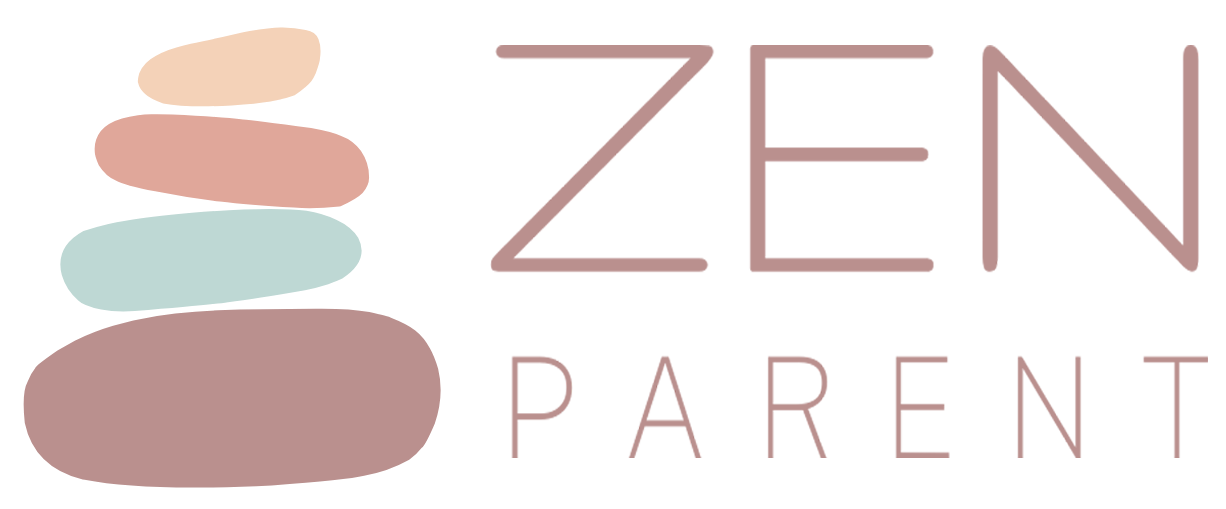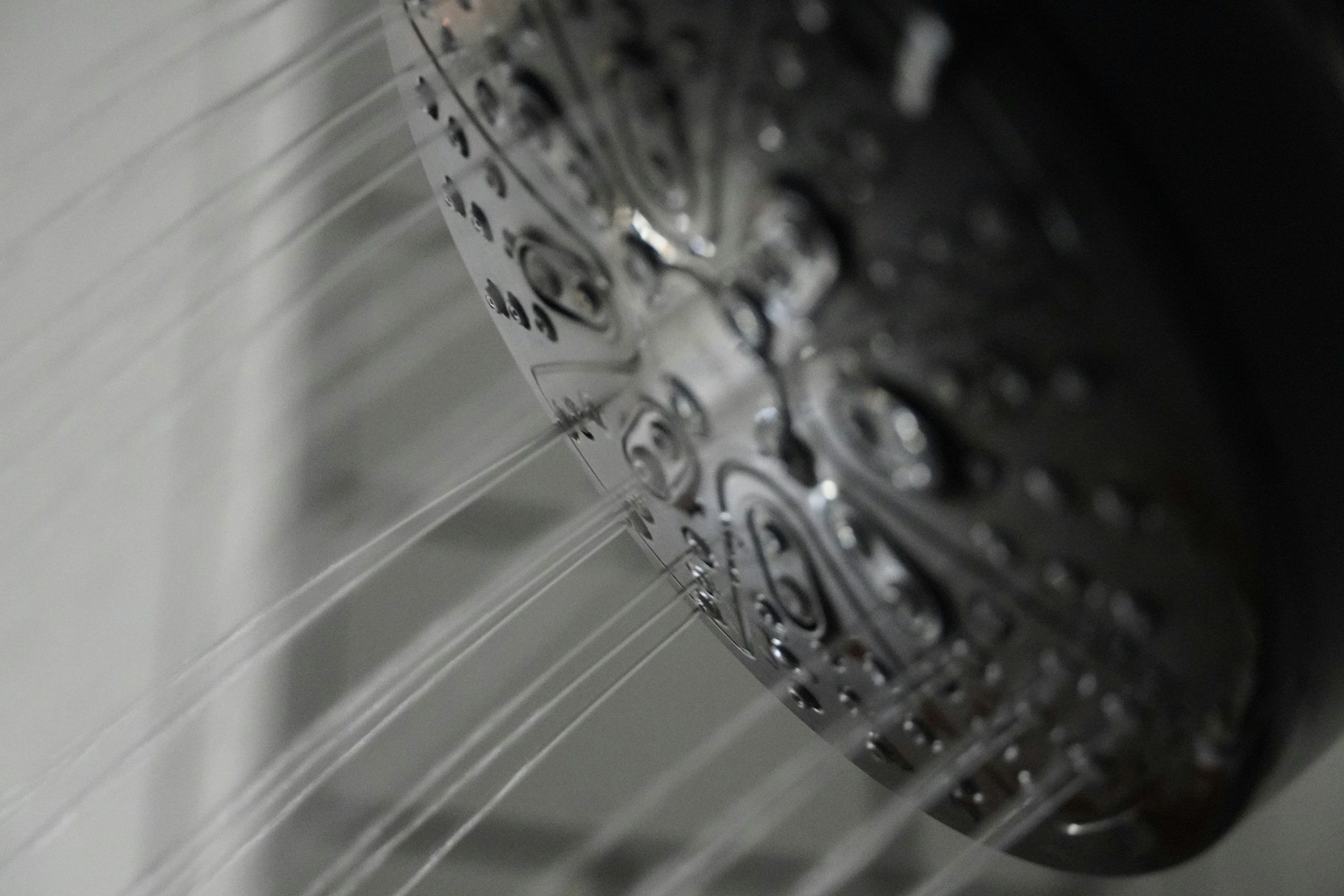We all want Disney princess hair, but the path there is clogged with sun damage and itchy scalps. Put down those harsh chemicals and don’t even think about that box of at-home hair dye because we’ve narrowed down the worst hair habits…and the best!
1. Overusing Heat Tools
Without proper protection, curling or straightening irons can significantly damage hair. Unless you want dry hair or split ends, make sure to use a heat protectant before styling. Drugstore brands are fairly inexpensive and can work just as well as high-end names.
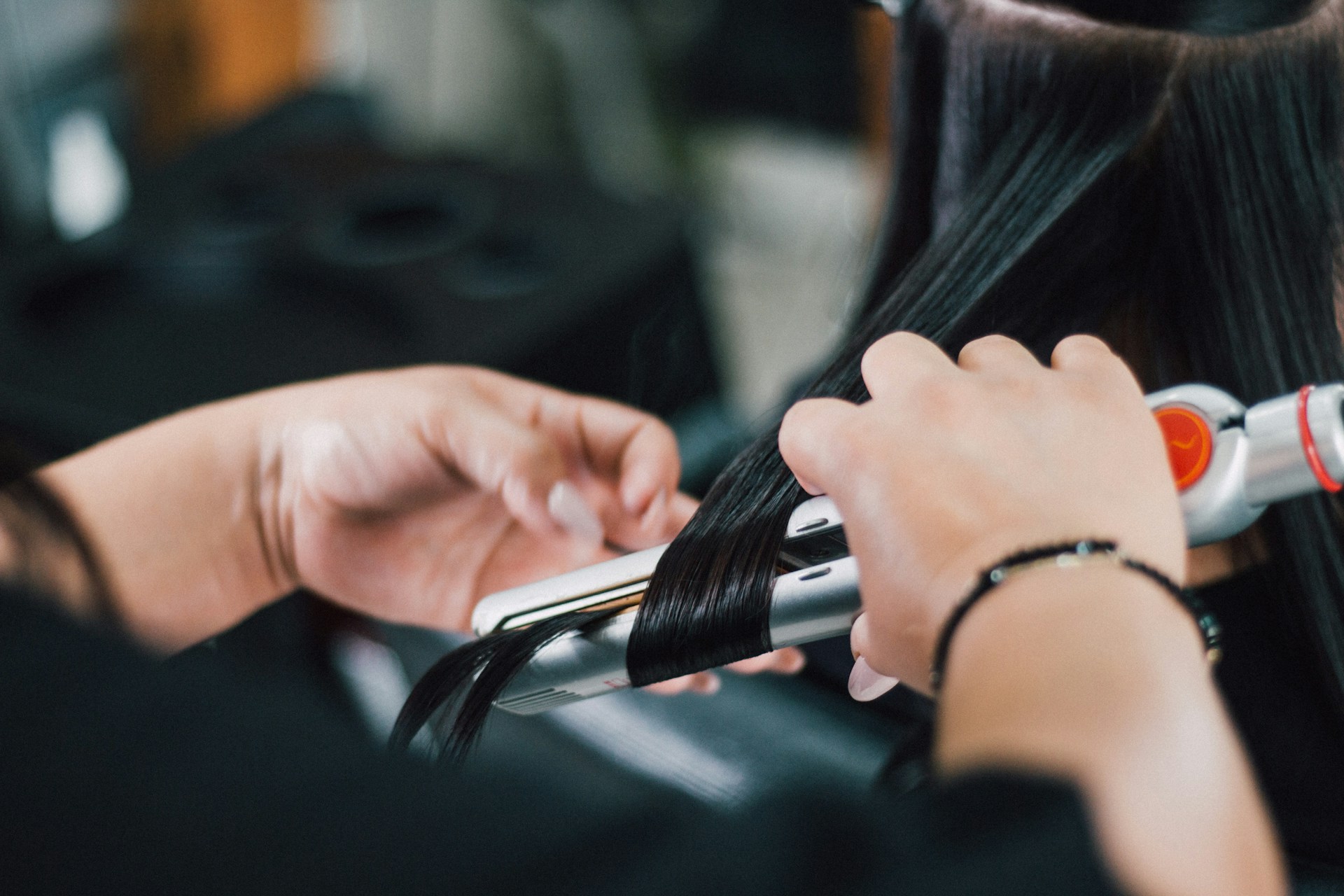 Photo by Giselle Lazcano on Unsplash
Photo by Giselle Lazcano on Unsplash
2. Aggressive Brushing
Thorough brushing is necessary but can be tough depending on your hair type. Even though a good brushing might take a while (and work out those arms), it’s important not to overdo it—aggressive or quick brushing can cause tears and even hair loss in more extreme cases.
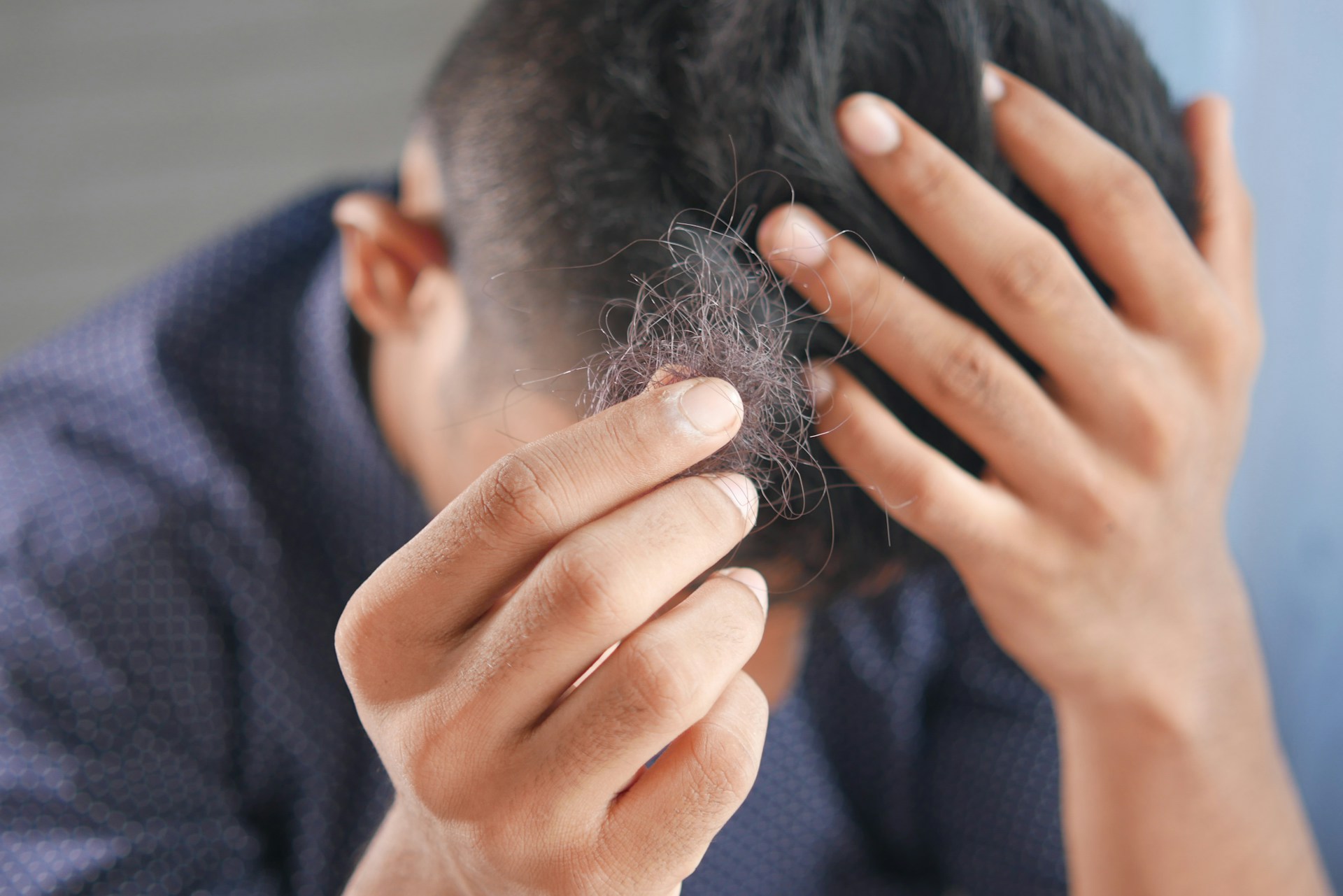 Photo by Towfiqu barbhuiya on Unsplash
Photo by Towfiqu barbhuiya on Unsplash
3. Skipping Conditioner
A hair wash just isn’t complete without conditioner. Once your shampoo washes out all the product, your conditioner comes in to nourish and moisturize. Without it, hair is a brittle, frizzy nest that’s even harder to maintain.
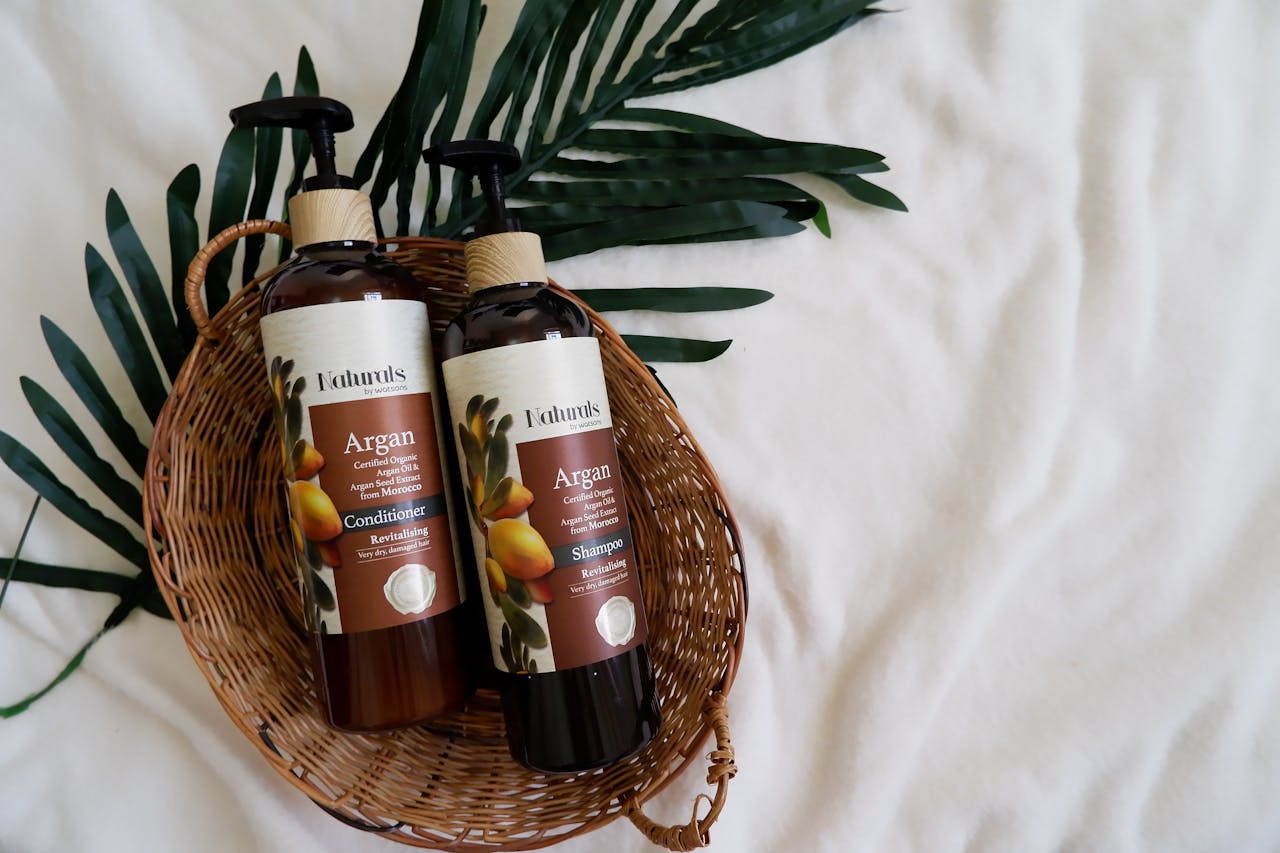 Photo by Frecelynne Roman on Pexels
Photo by Frecelynne Roman on Pexels
4. Tight Hairstyles
Tight buns, ponytails, or braids are bad news for healthy locks. In fact, consistently tying your hair too tight can easily cause hair loss and breakage. Let that hair down, Rapunzel, or at the very least opt for looser styles to protect your mane.
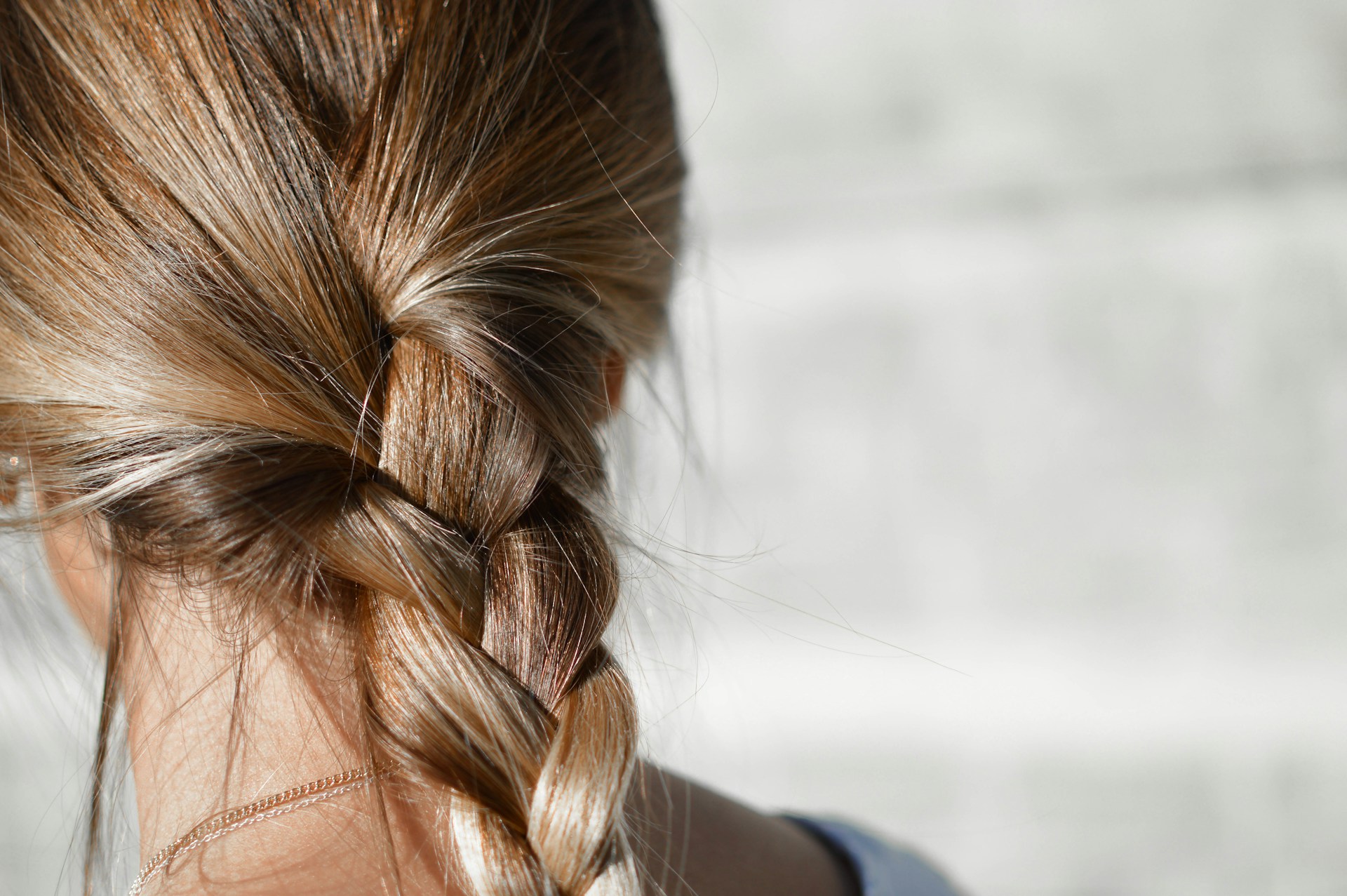 Photo by Tamara Bellis on Unsplash
Photo by Tamara Bellis on Unsplash
5. Sleeping With Wet Hair
It certainly seems more convenient, but avoid hitting the hay with wet hair. Not only does wet hair lead cause breakage, but a sopping wet head is a breeding ground for bacteria. Invest in a satin pillowcase to help hair stay strong and make sure you blowdry before bedtime.
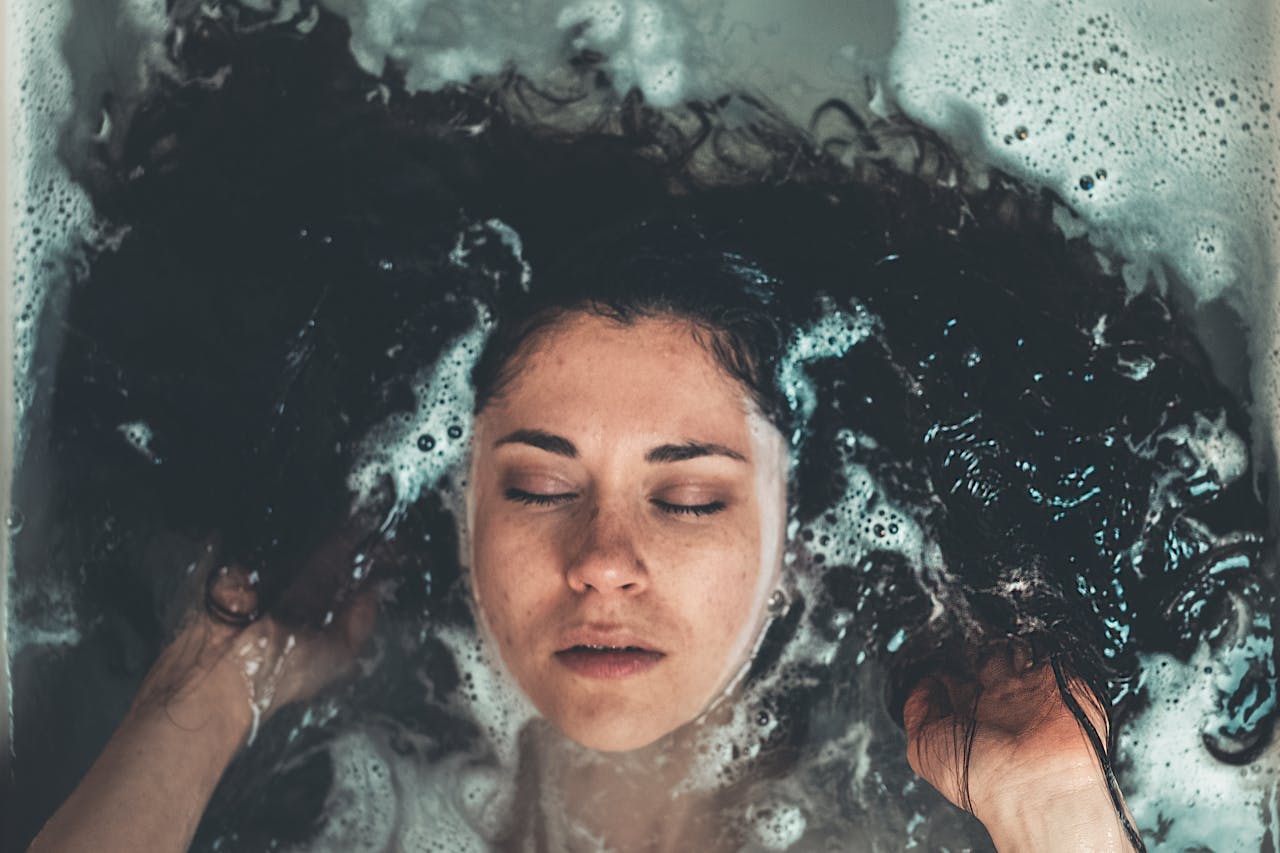 Photo by Craig Adderley on Pexels
Photo by Craig Adderley on Pexels
6. Rough Treatments
Frequent treatments like coloring or perming can have long-lasting effects on hair. Coloring, in particular, can weaken strands and bleaching is even worse—both can dry out your hair and make it more prone to breakage, but bleaching is always rougher. Additionally, at-home coloring can sometimes do more harm than good, despite the reduced cost.
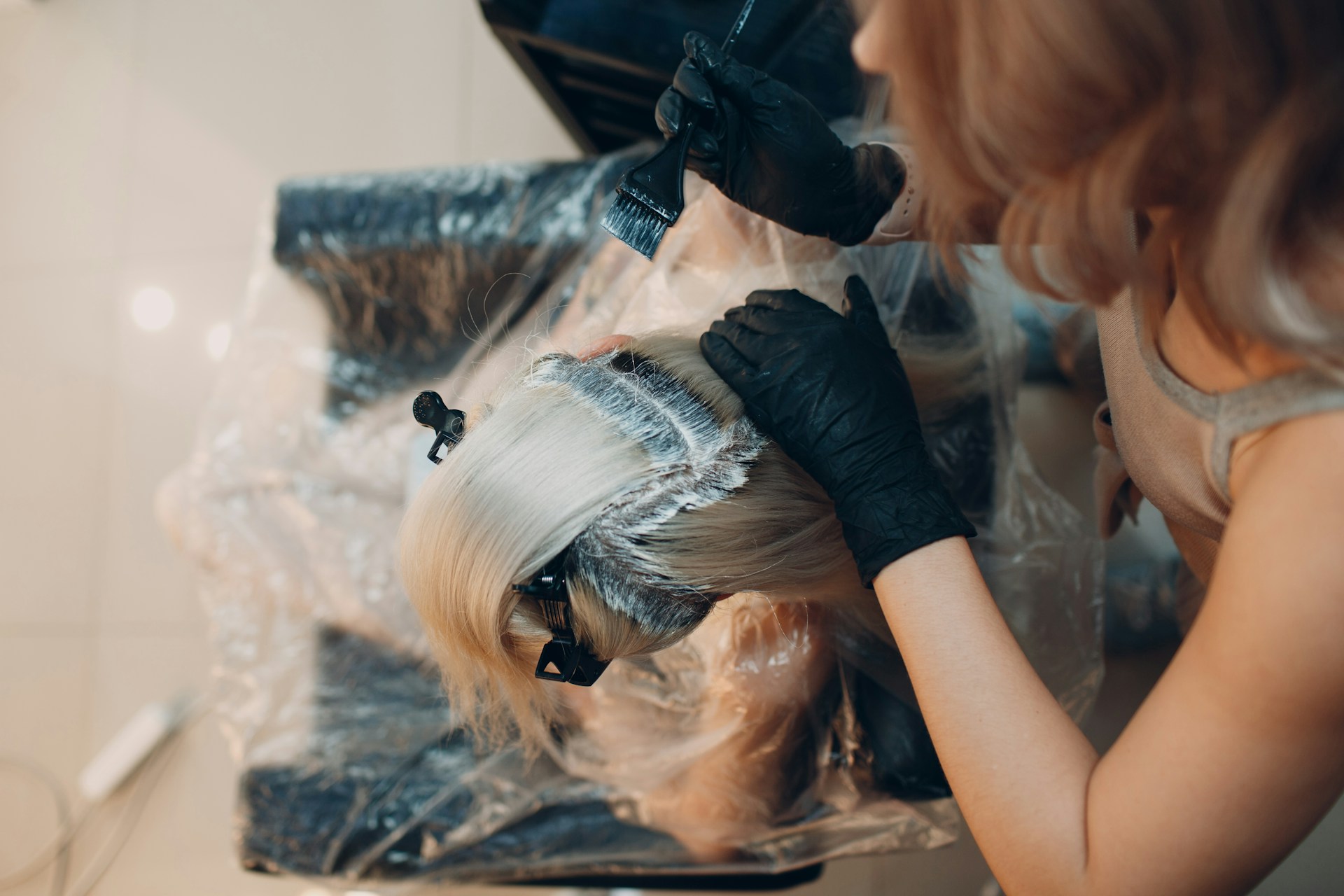 Photo by Maksim Chernishev on Unsplash
Photo by Maksim Chernishev on Unsplash
7. Skipping Regular Trims
It seems strange, but regular trims are actually the key to hair growth. Skipping regular appointments leads to brittle, split ends and hinders growth. Even if you trim them at home, it’s vital to tend to split ends before they take over.
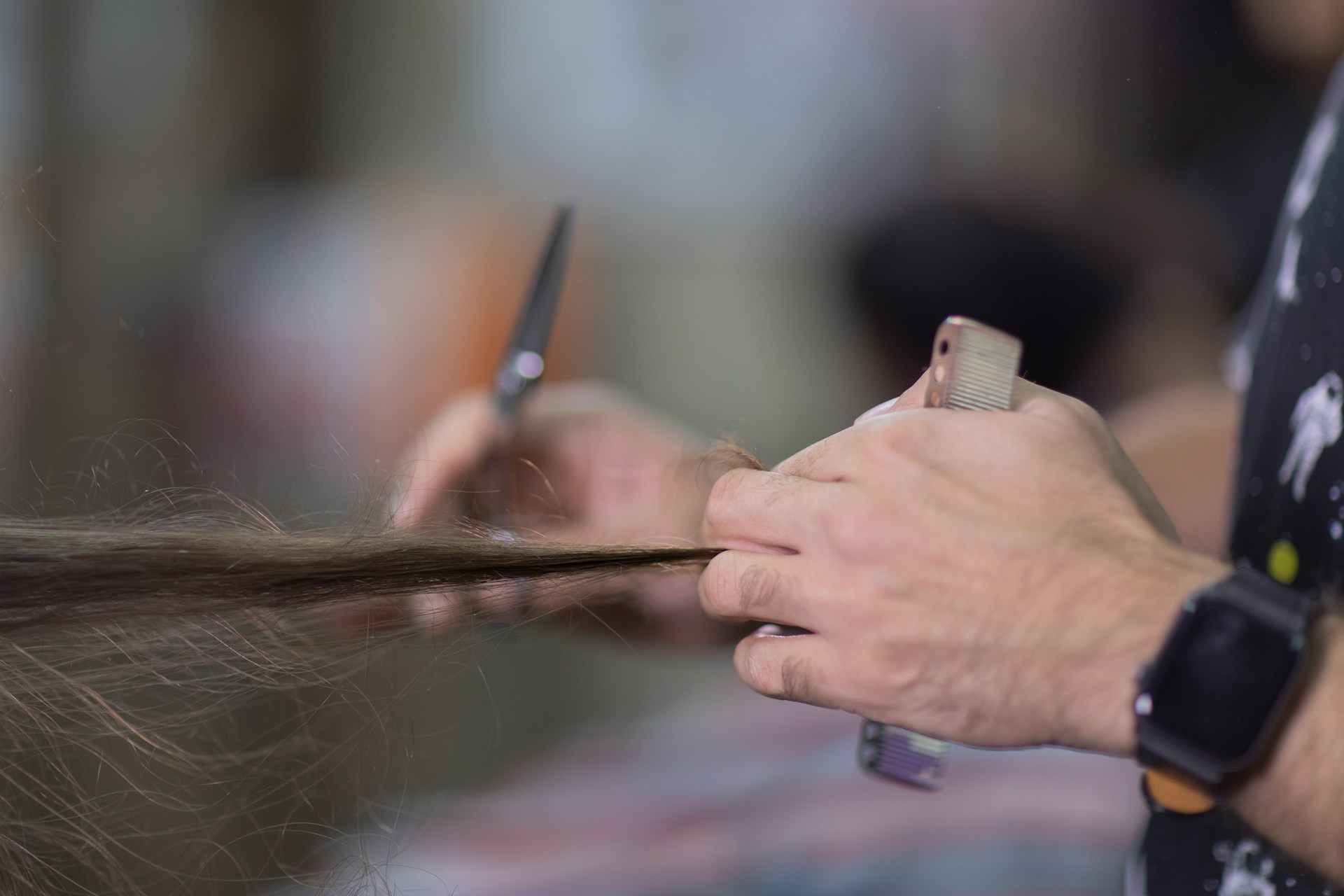 Photo by mostafa meraji on Unsplash
Photo by mostafa meraji on Unsplash
8. No Sun Protection
Hair needs sun protection the same as our skin does. Without it, those UV rays can fry hair and lead to more frequent breakage; leave-in conditioners or oils help lock in moisture to ensure you don’t lose healthy oils or keratin.
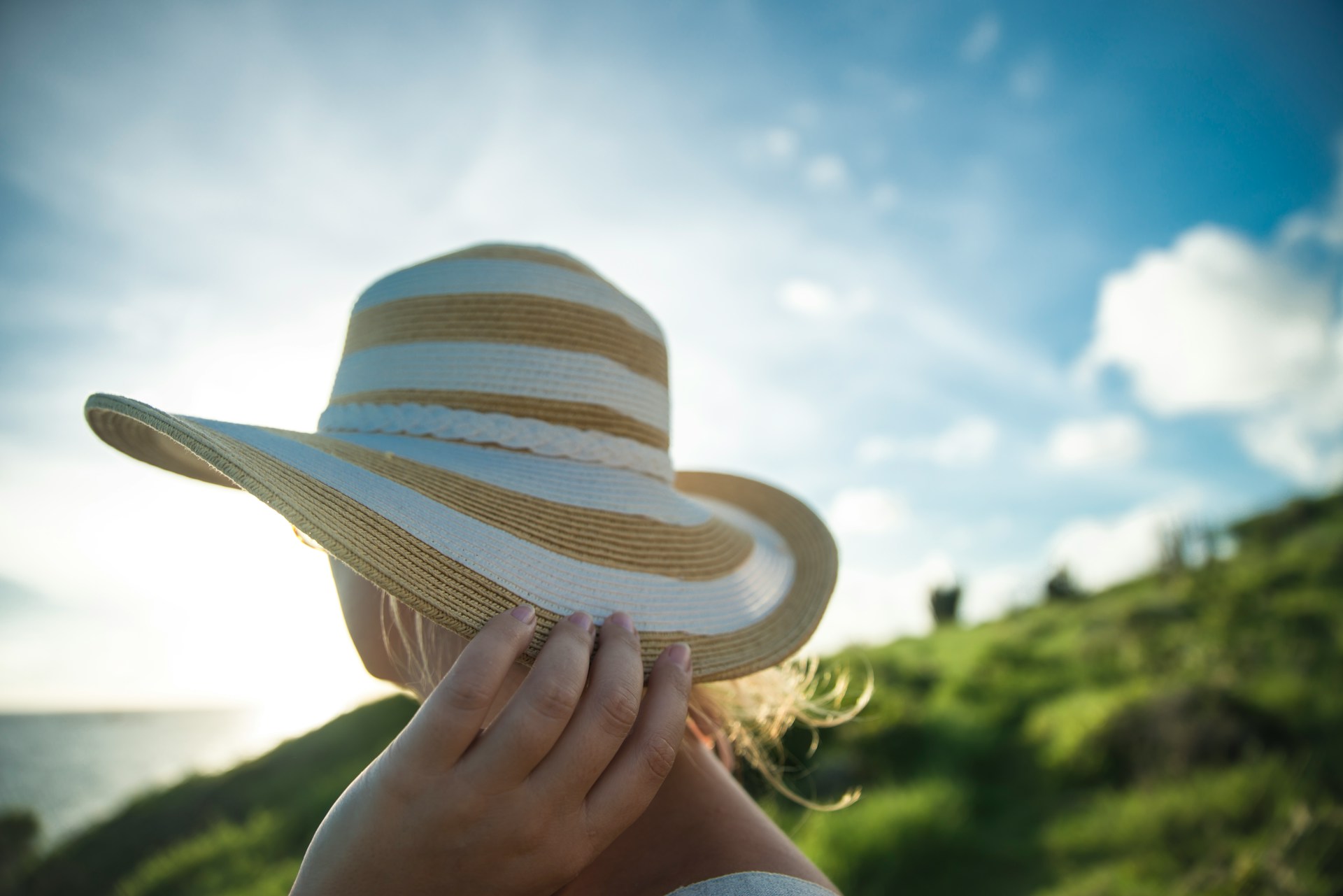 Photo by Maël Renault on Unsplash
Photo by Maël Renault on Unsplash
9. Ignoring Your Scalp
Hair health isn’t just about those luscious strands—healthy scalps promote growth, prevent thinning, and ward off conditions like dandruff. Start with gentle shampoo and conditioner combos or introduce a scalp oil.
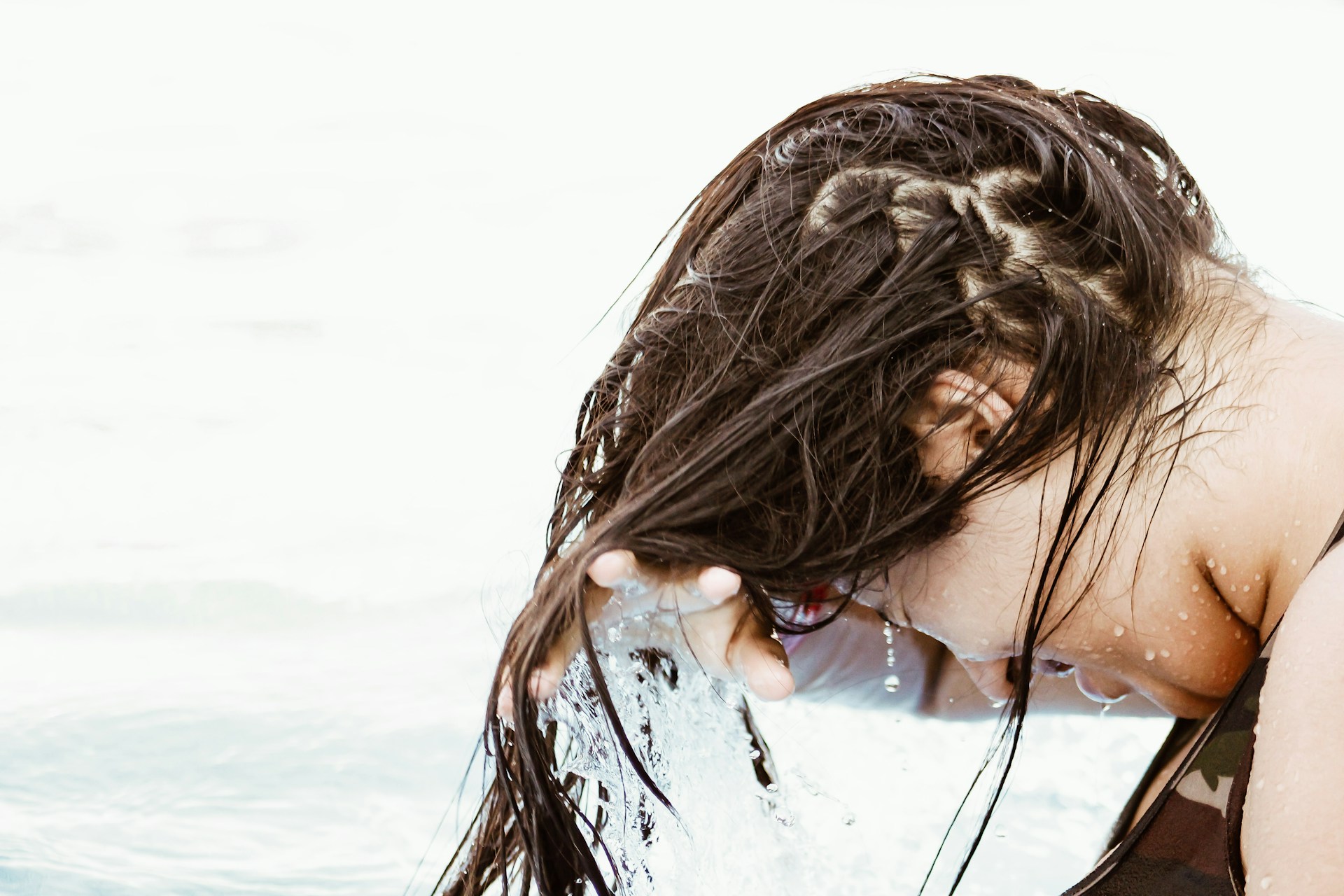 Photo by Erick Larregui on Unsplash
Photo by Erick Larregui on Unsplash
10. Using Too Much Product
You don’t need an army of products for healthy hair. Some have harsh ingredients that strip your hair of natural oils, leading to dry, damaged locks. Too much product, on the other hand, can easily weigh down hair or lead to buildup. It’s best to choose lightweight options or speak with a professional to figure out which is best for your hair type.
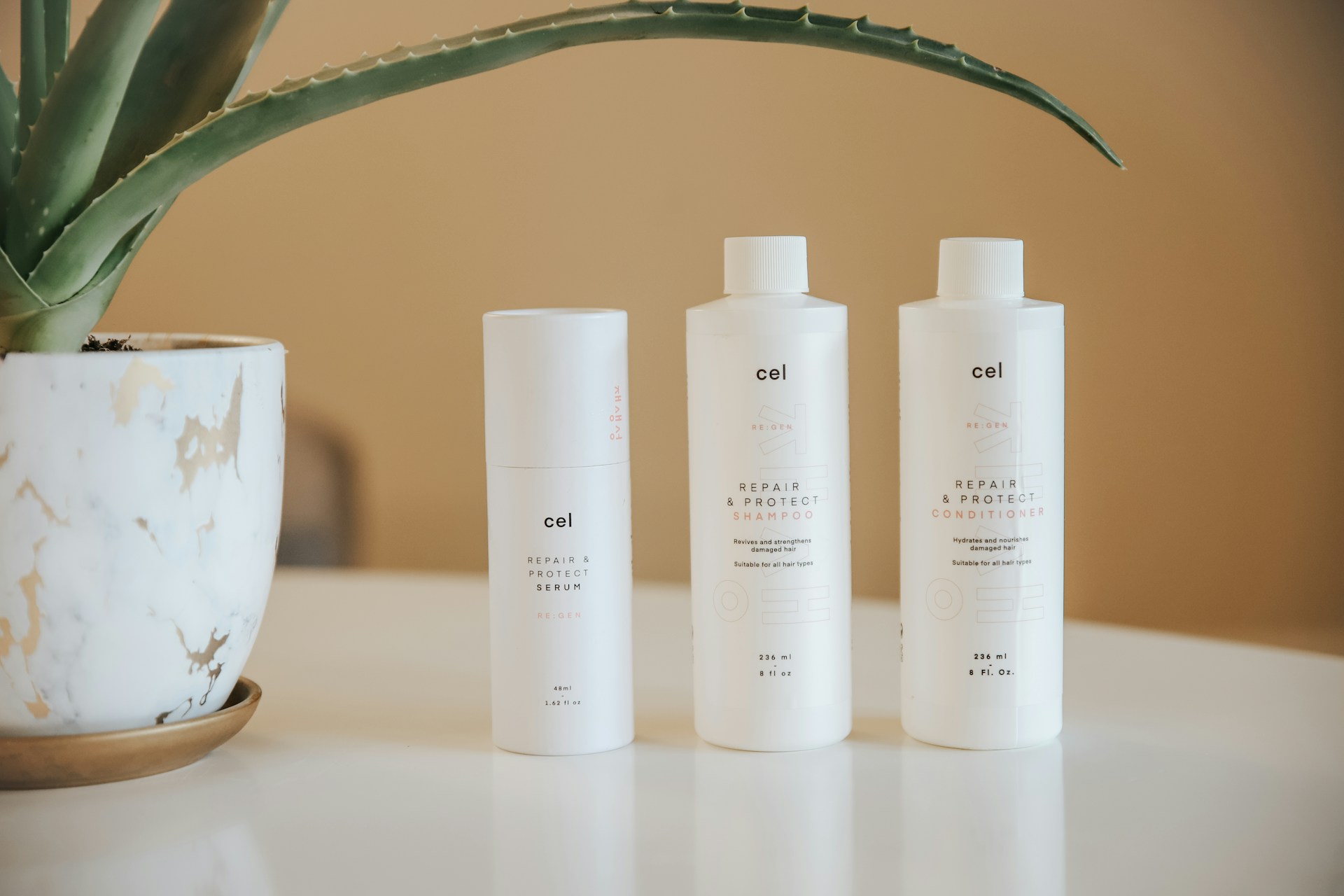 Photo by Taylor Beach on Unsplash
Photo by Taylor Beach on Unsplash
Now that we know what not to do, let’s dive into the best hair habits!
1. Use the Right Products
Color-treated hair benefits from different products than someone with thin strands. Do your research and invest in the right products for your specific hair type. You should also be mindful of harsh ingredients like parabens, alcohol, or sulfates.
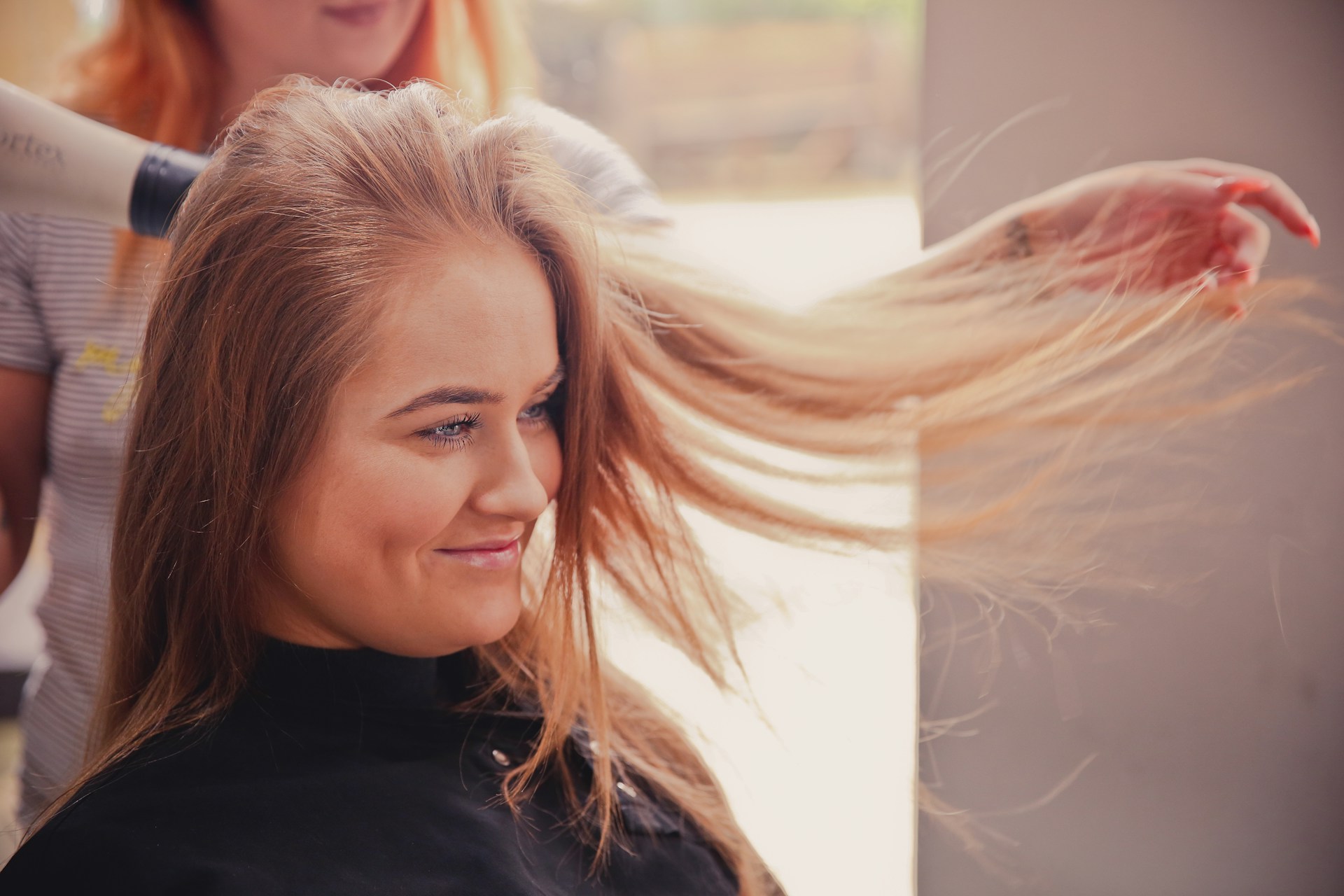 Photo by Theme Photos on Unsplash
Photo by Theme Photos on Unsplash
2. Wash Less Often
Speak with your hairdresser about how often to wash your hair. Depending on your needs and hair type, washing frequency can easily vary. For example, most can get away with one or two washes in a week, but people with colored hair may need to wash less. It’s worth speaking with someone!
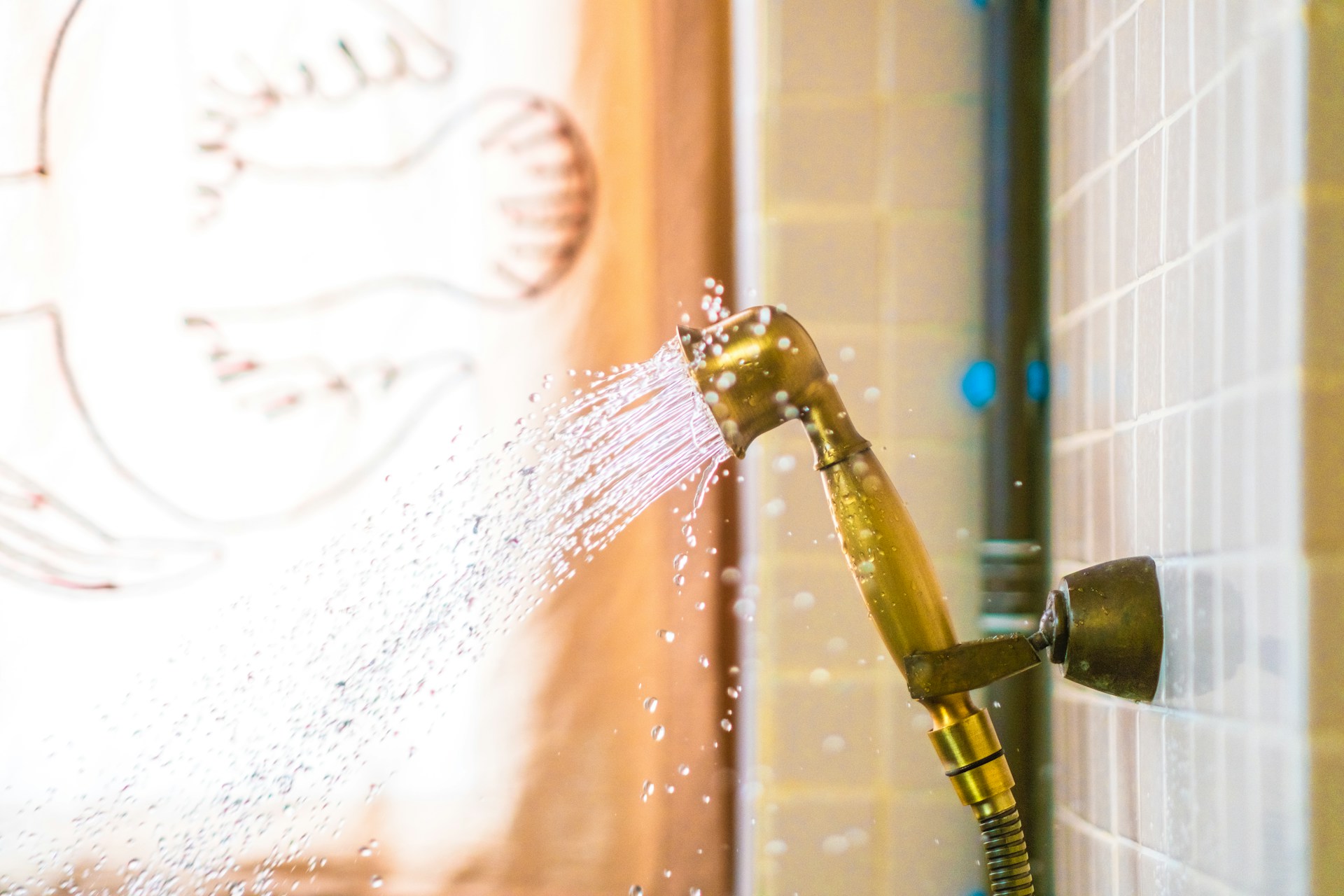 Photo by Igal Ness on Unsplash
Photo by Igal Ness on Unsplash
3. Deep Condition
Deep-conditioning hair masks bring those locks back to their former glory. Hair masks tackle specific issues to ensure your scalp and strands get the TLC they need, and a little research can narrow down which is best for you.
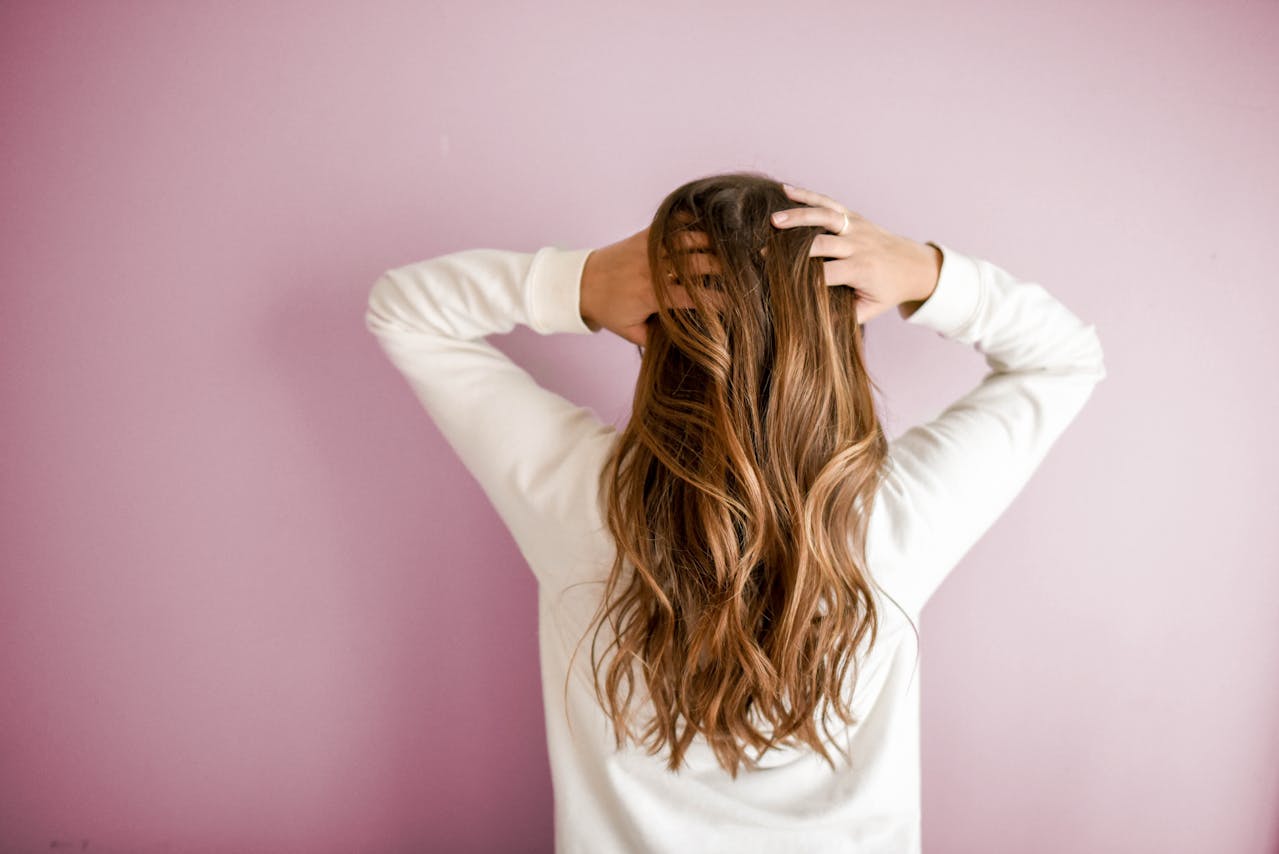
4. Protect Your Hair
Whether it’s from heat styling tools or the sun, hair needs protection. Heat protectants keep hair safe from flat or curling irons while hair masks and hats save your locks from the sun.
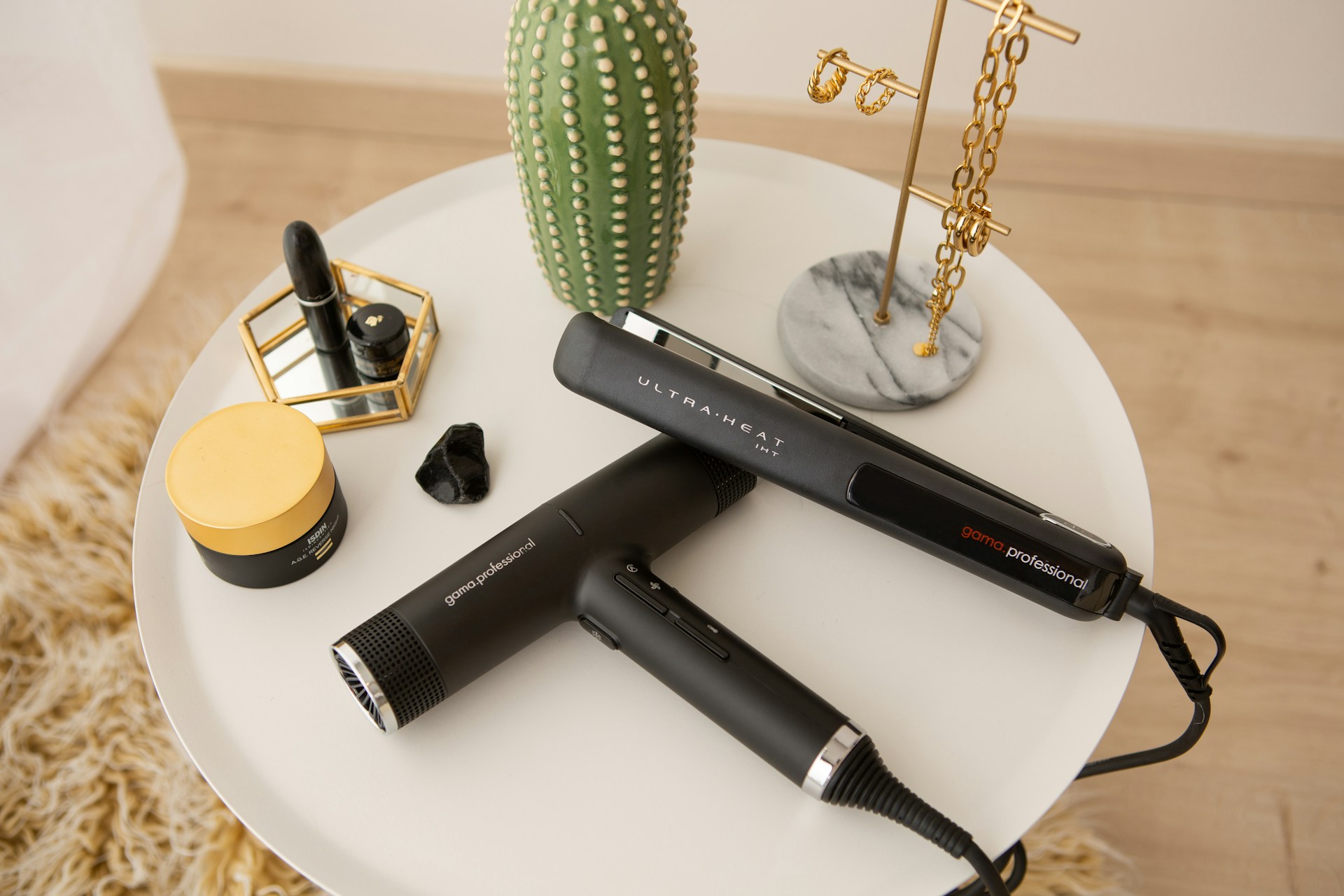 Photo by Andrea Donato on Unsplash
Photo by Andrea Donato on Unsplash
5. Eat Healthier
Healthy foods do wonders for your overall health and that includes your hair! Foods high in iron, protein, and omega-3 fatty acids can all contribute to healthier hair, however, low-calorie diets have been linked to hair loss, so make sure you’re eating enough.
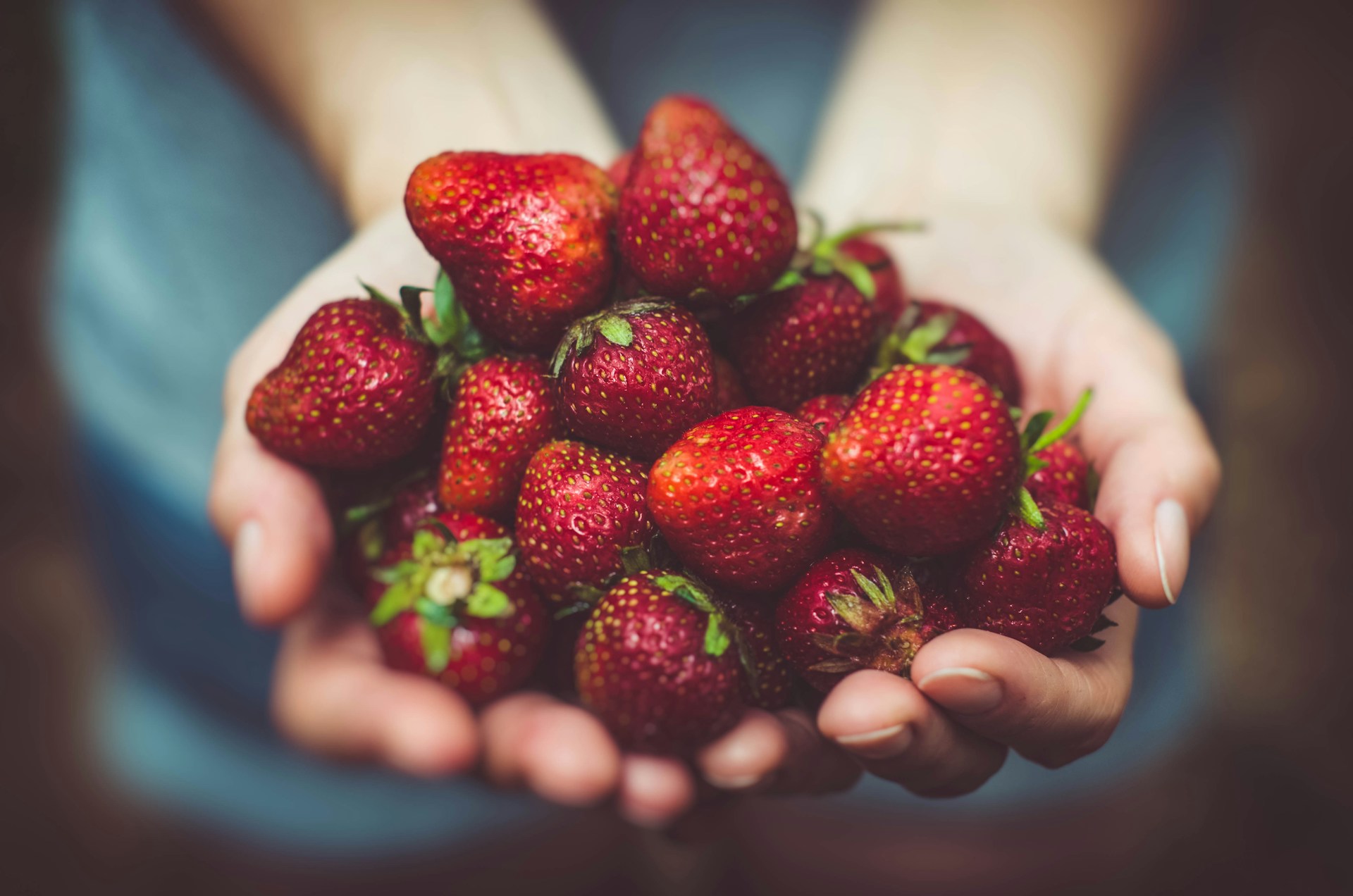 Photo by Artur Rutkowski on Unsplash
Photo by Artur Rutkowski on Unsplash
6. Reduce Stress
It’s easier said than done, but stress reduction keeps hair healthy, too. Chronic stress can lead to hair loss and its inability to grow back, so it’s essential to calm your mind. Meditation, listening to music, or making more time for hobbies can keep stress at bay.
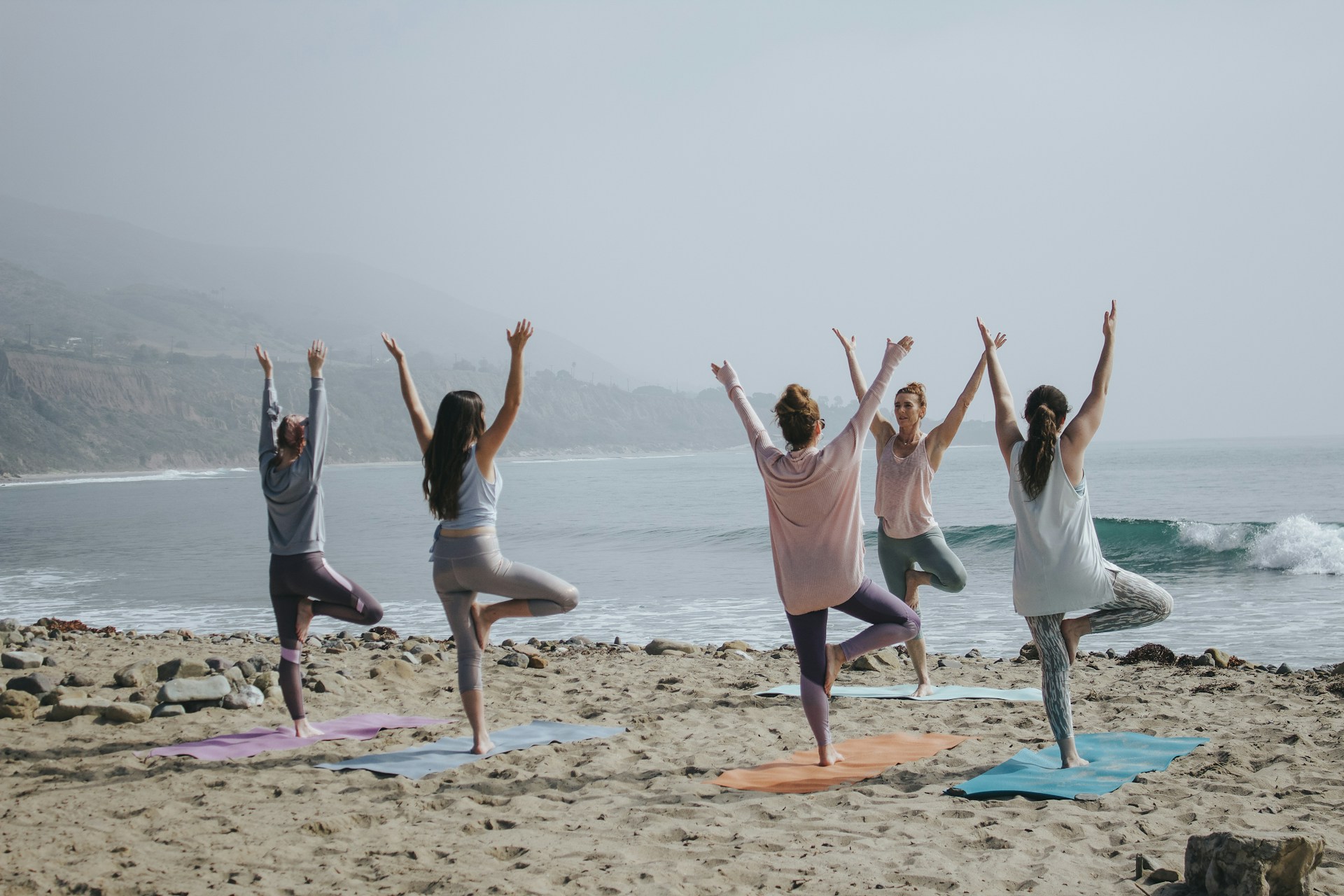 Photo by Kaylee Garrett on Unsplash
Photo by Kaylee Garrett on Unsplash
7. Invest in Silk
Ditch the cotton because silk pillowcases and sleep caps lock in moisture while you sleep, preventing breakage or dry strands. Satin can also help, though it’s not as reliable as silk.
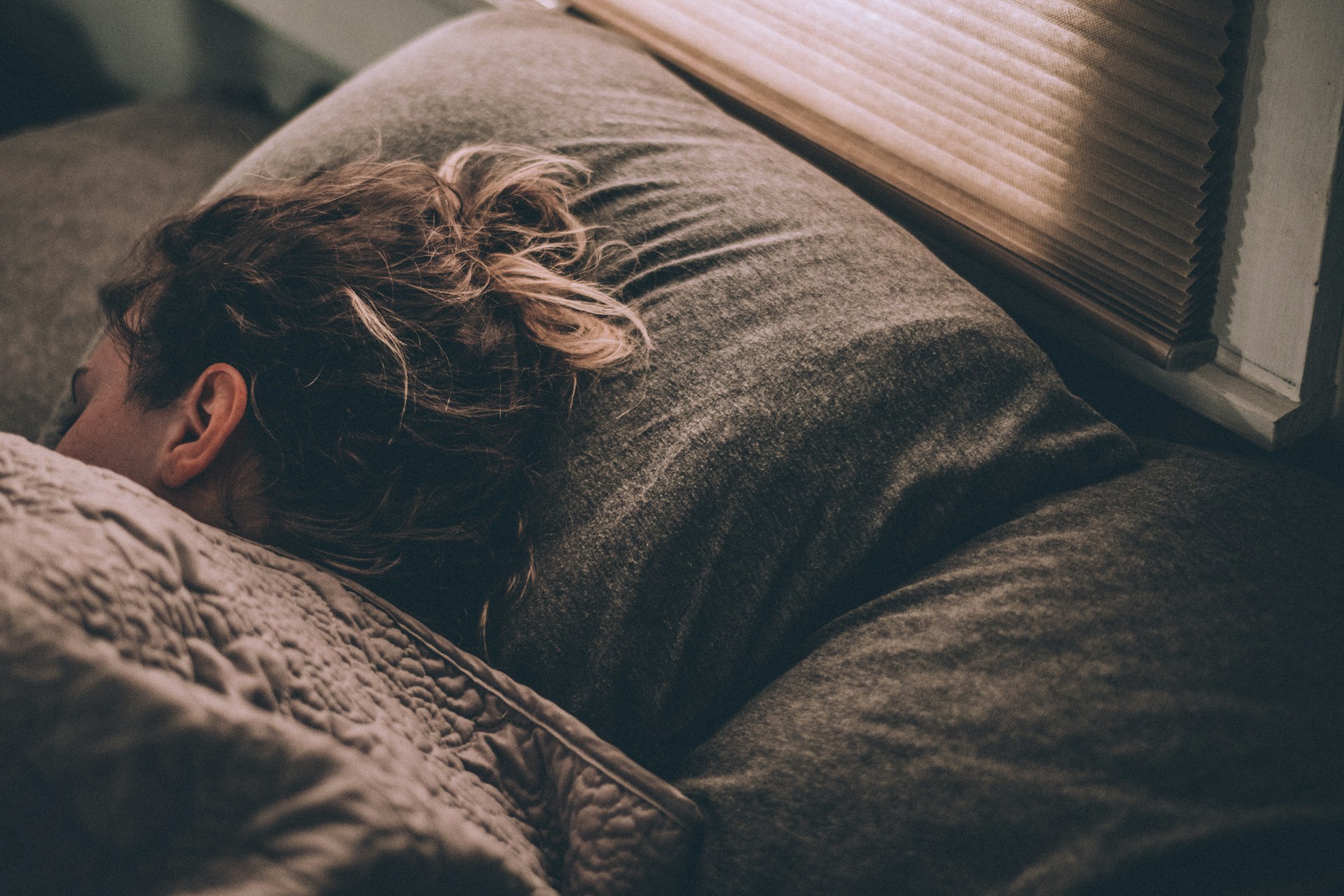 Photo by Gregory Pappas on Unsplash
Photo by Gregory Pappas on Unsplash
8. Massage the Scalp
Use your fingertips, not your fingernails in the shower for a proper scalp massage. Nails can easily scratch the scalp, which doesn’t do it any favors, and could also cause lost strands. You can also purchase a scalp massager to encourage growth.
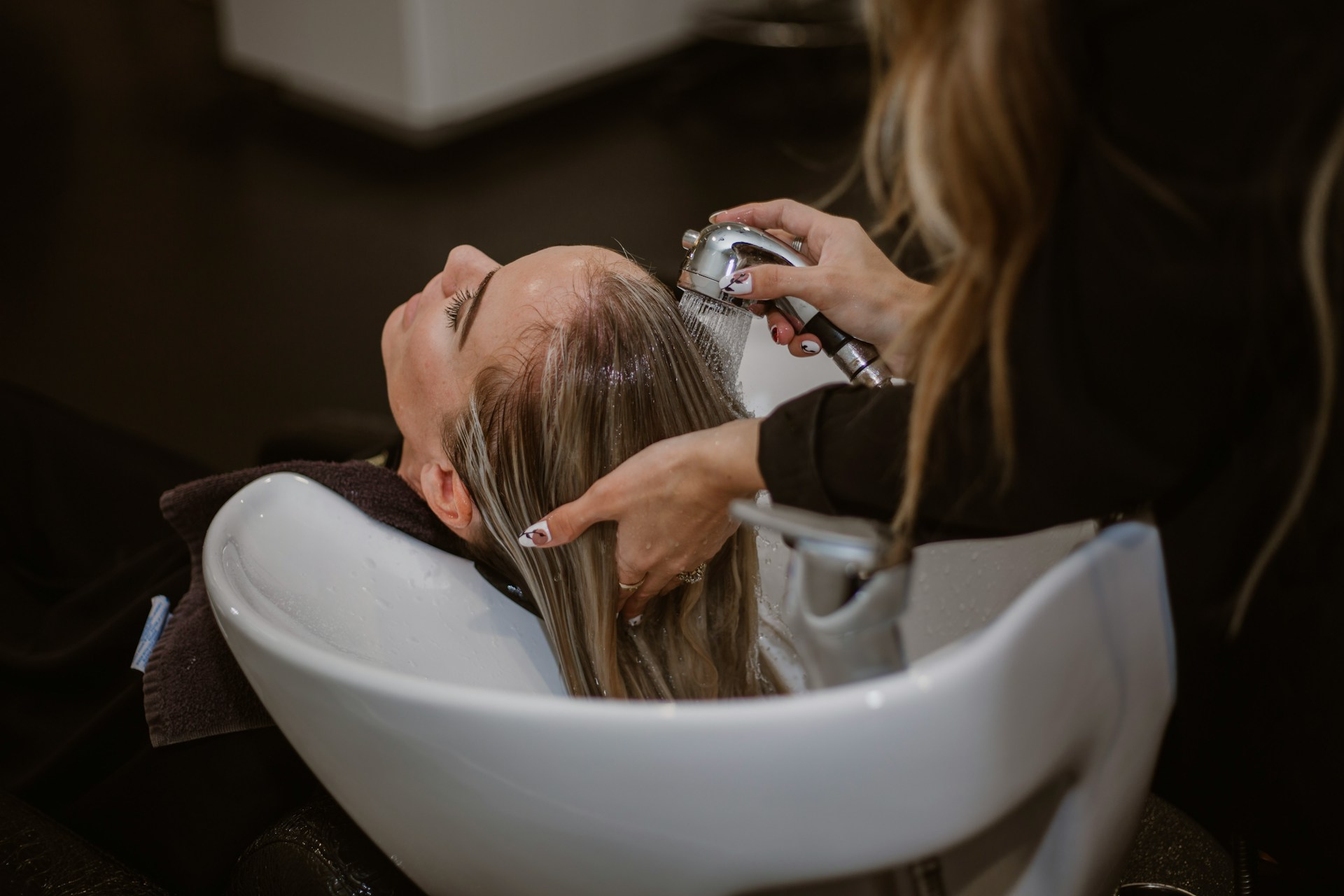 Photo by Lindsay Cash on Unsplash
Photo by Lindsay Cash on Unsplash
9. Drink Lots of Water
Hair has a much better chance of growing and staying strong with enough water. Dehydration leads to all kinds of issues like breakage, dandruff, and dried-out manes—ensure you drink enough during the day to ward off these problems.
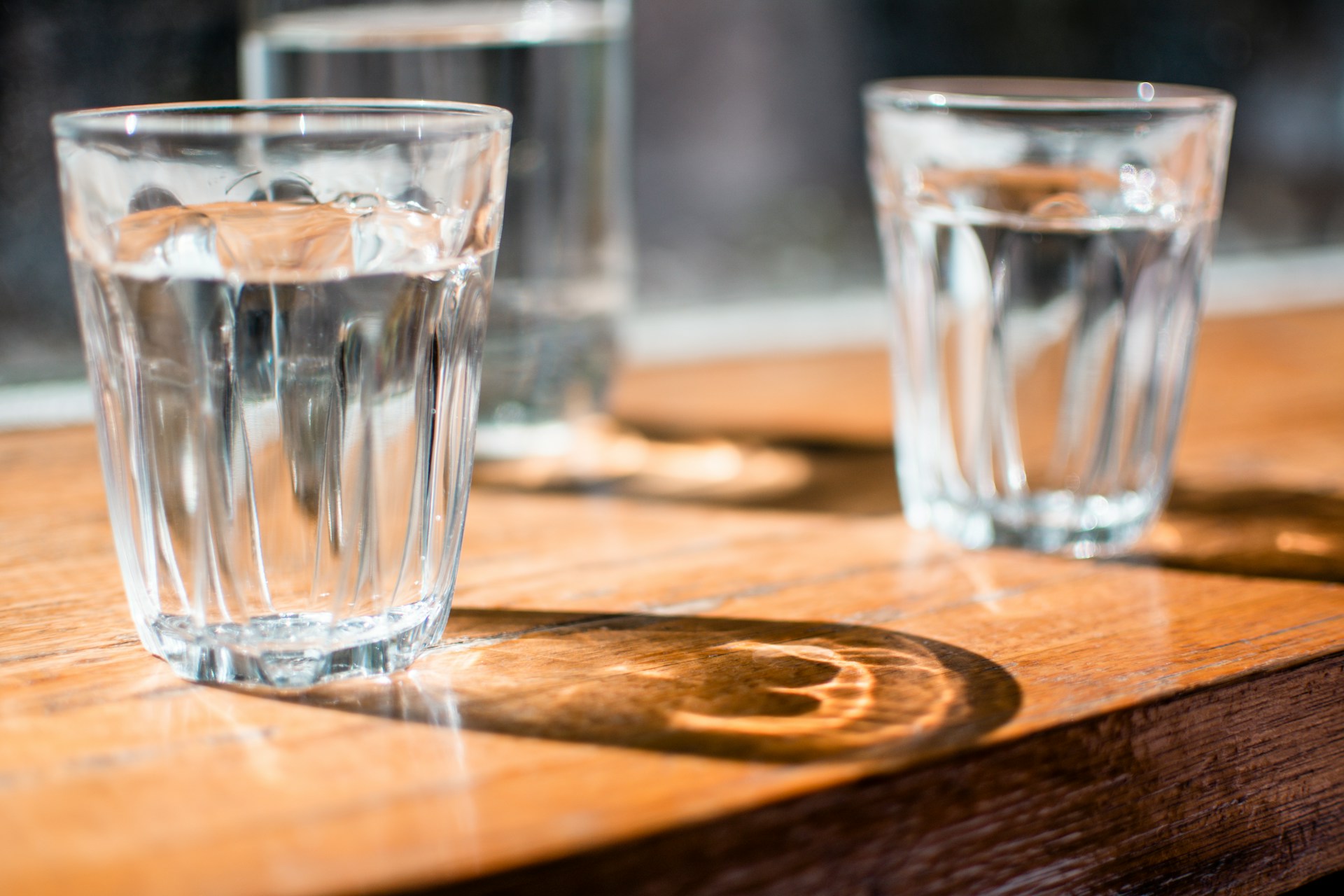 Photo by Janosch Lino on Unsplash
Photo by Janosch Lino on Unsplash
10. Use the Right Temperature
Yes, Goldilocks, water that’s too hot or cold can damage hair, meaning you need a temperature that’s just right. It’s worth speaking with a professional about which temperature makes the most sense since either can affect hair in different ways.
